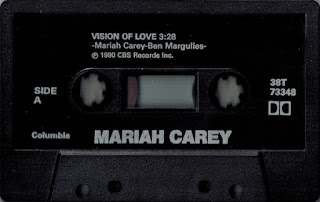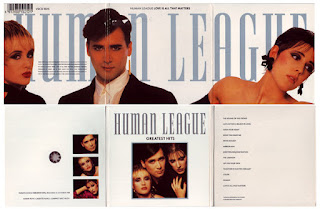BONNIE RAITT - NICK OF TIME
Publicada: 19 de maig de 1990
Llistes d’èxits: EUA: #92 Regne Unit: #82
“Nick of Time” és una cançó de la música de blues nord-americana Bonnie Raitt, publicada al maig de 1990 com el tercer senzill del seu àlbum homònim de 1989. Aquesta va ser la seva primera publicació amb Capitol Records i va ser produïda per Don Was, cofundador de Was (Not Was). Tot i que només va arribar al número 92 al Billboard Hot 100, va tenir més èxit a la llista Adult Contemporary, on va aconseguir situar-se entre les 10 primeres posicions.
Bonnie Raitt la va escriure com una reflexió personal sobre l’amor, l’envelliment i la resiliència després d’haver passat per moments difícils en la seva vida personal i carrera. La primera estrofa es va inspirar en una conversa amb una amiga amb el cor trencat, que desitjava tenir fills però se sentia aclaparada pel pas del temps. La segona estrofa va néixer en observar el seu pare envellir durant un viatge per carretera, cosa que la va fer més conscient de la vulnerabilitat associada amb fer-se gran. La tercera estrofa, que parla de l’amor com a salvació, representa una noció universal d’amor més que una persona concreta. El títol reflecteix el doble significat de “just in the nick of time” (just a temps) i les marques o “nicks” que l’envelliment deixa en el cos i l’esperit.
Bonnie Raitt va explicar que “Nick of Time” va sorgir d’un lloc profund i personal que mai havia explorat abans. Volia reflexionar sobre els canvis importants de la seva vida, i escriure la cançó la va ajudar a superar els dubtes sobre ella mateixa i a guanyar confiança. En lloc de comparar-se amb artistes llegendaris com Jackson Browne o Randy Newman, es va centrar a escriure per a ella mateixa, com una manera de celebrar el miracle transformador de la seva recuperació i la nova claredat de la seva vida. Prop dels 40 anys, Raitt va superar l’addicció i va treballar per reconstruir la seva vida, aconseguint la sobrietat “just in the nick of time.”
L’àlbum resultant va ser un gran retorn, convertint-se en el seu primer número 1 a la llista d’àlbums i guanyant tres premis Grammy, incloent-hi Àlbum de l’Any i Millor Interpretació Vocal Femenina de Rock. La cançó “Nick of Time” també li va valdre un Grammy a la Millor Interpretació Vocal Femenina de Pop.
BONNIE RAITT - NICK OF TIME
Released: May 19, 1990
Charts: US: #92 UK: #82
"Nick of Time" is a song by American blues musician Bonnie Raitt, released in May 1990 as the third single from her 1989 album of the same name. The track marked Raitt's first release with Capitol Records and was produced by Don Was, co-founder of Was (Not Was). Although it reached only No. 92 on the Billboard Hot 100, it achieved greater success on the Adult Contemporary Chart, where it secured a top 10 spot.
Bonnie Raitt wrote it as a personal reflection on love, aging, and resilience after experiencing significant struggles in her personal life and career. The first verse was drawn from a conversation with a heartbroken friend, who longed for a child and felt overwhelmed by the passing of time. The second verse was inspired by Raitt observing her aging father during a road trip, making her more acutely aware of the vulnerability that comes with growing older. The third verse, about love coming to the rescue, represents a broader, universal sense of love rather than a specific person. The song’s title reflects the dual meaning of "just in the nick of time" and the inevitable "nicks" that aging leaves on the body and spirit.
Bonnie Raitt explained that “Nick of Time” came from a deep, personal place she had yet to explore. She wanted to reflect on the significant changes in her life, and writing the song helped her overcome self-doubt and gain confidence. Instead of comparing herself to legendary artists like Jackson Browne and Randy Newman, she focused on writing for herself, as a way to celebrate the transformative miracle of her recovery and the newfound clarity in her life. Nearing 40, Raitt overcame addiction and worked to rebuild her life, achieving sobriety "just in the nick of time."
The resulting album was a major comeback, becoming her first #1 on the Albums chart and winning three Grammy Awards, including Album of the Year and Best Female Rock Vocal Performance. The title track itself earned her a Grammy for Best Female Pop Vocal Performance.



































